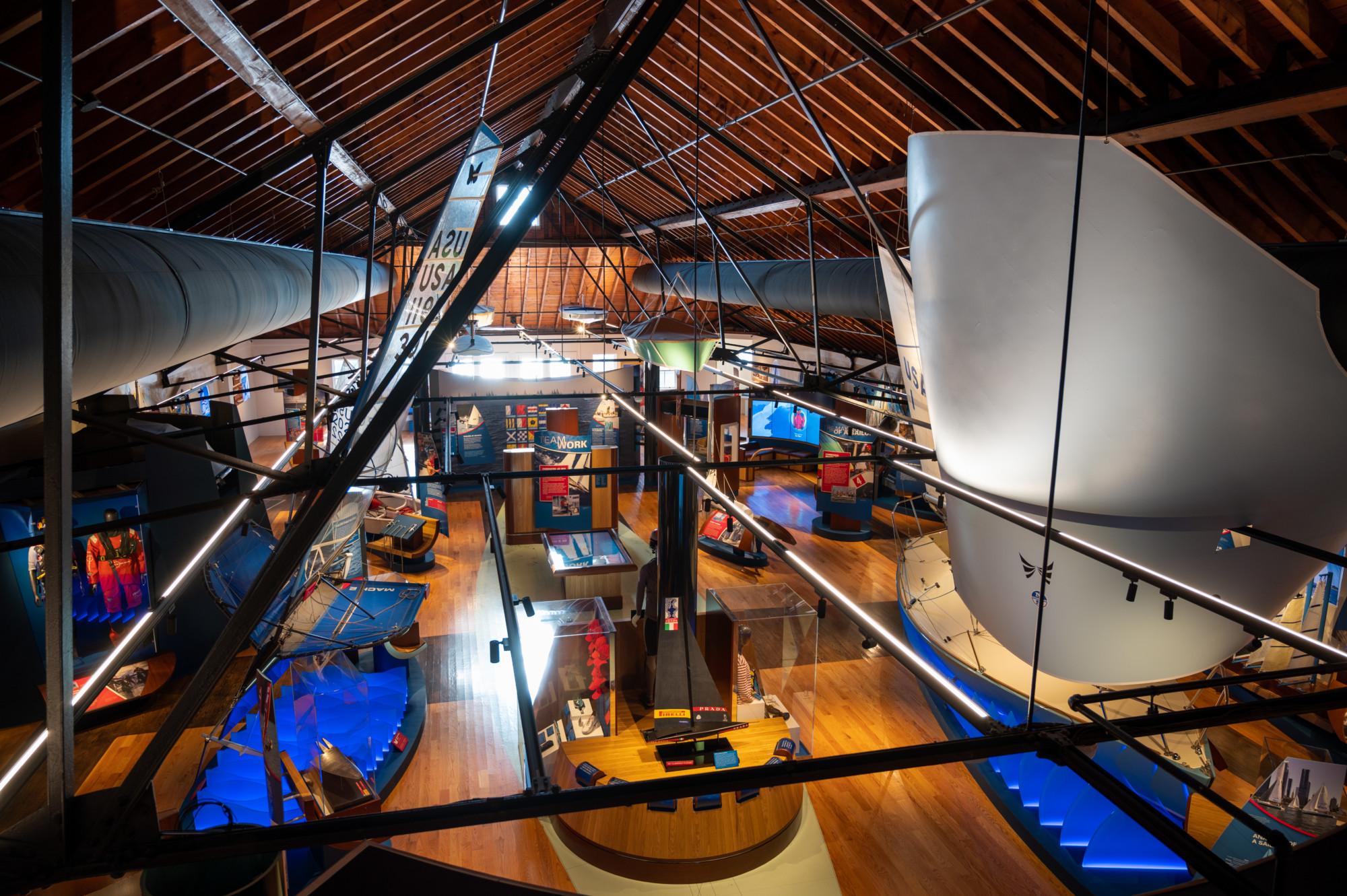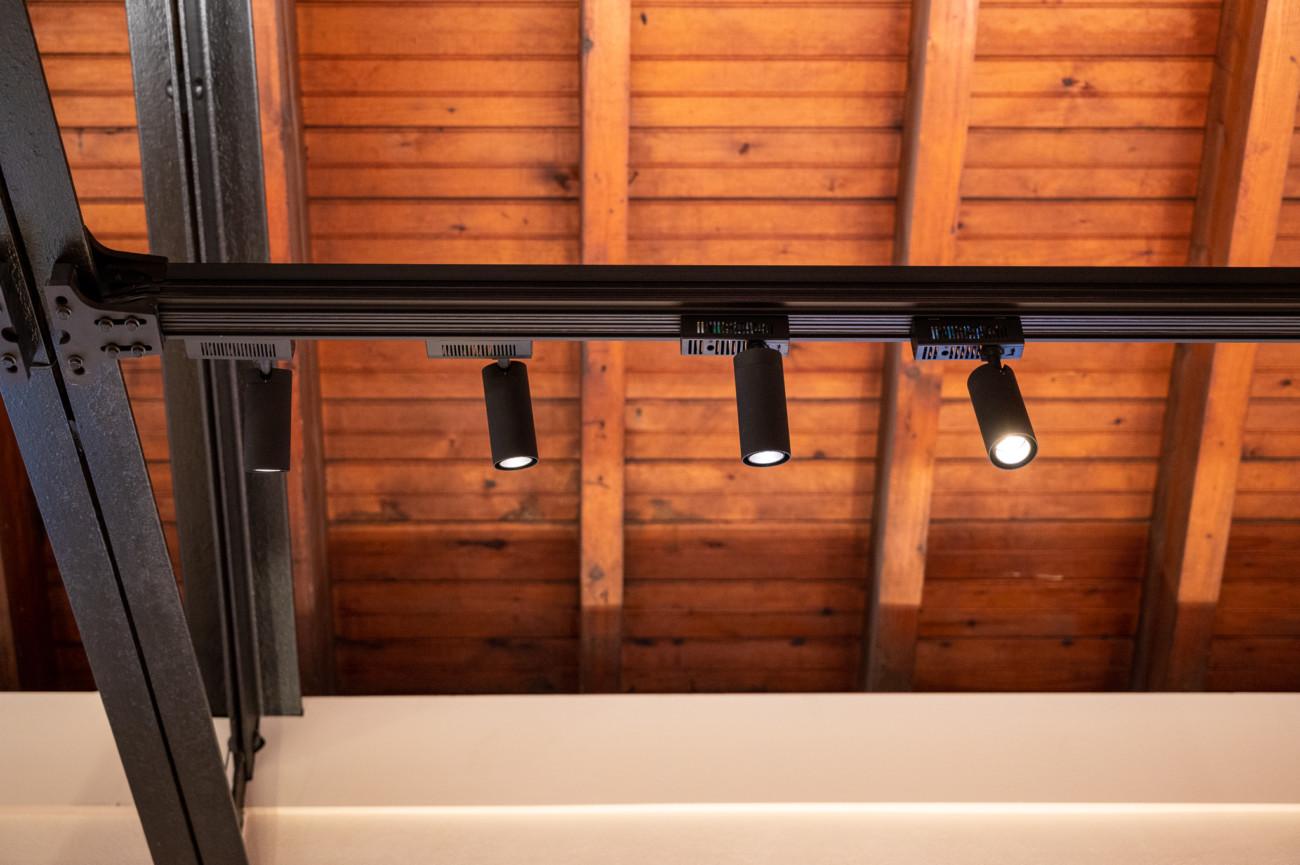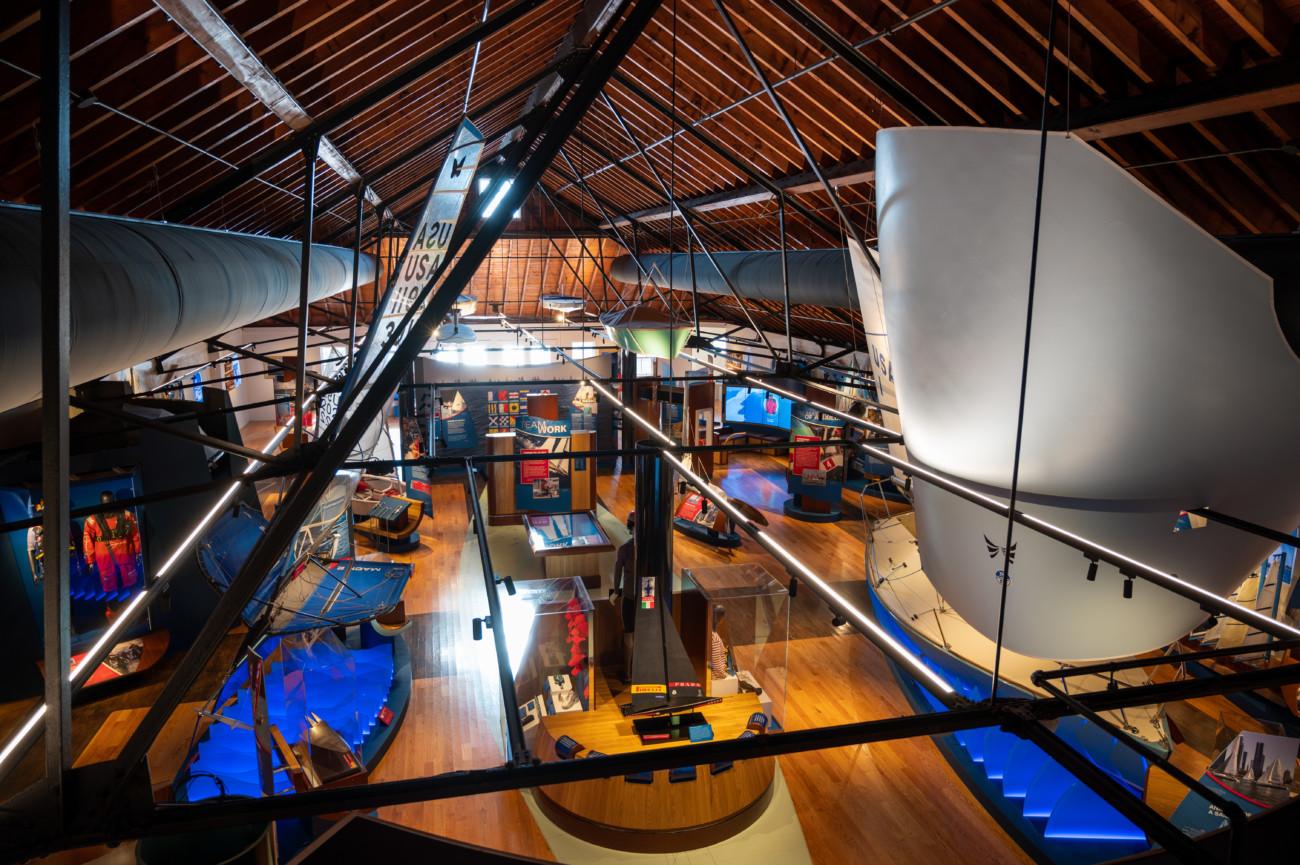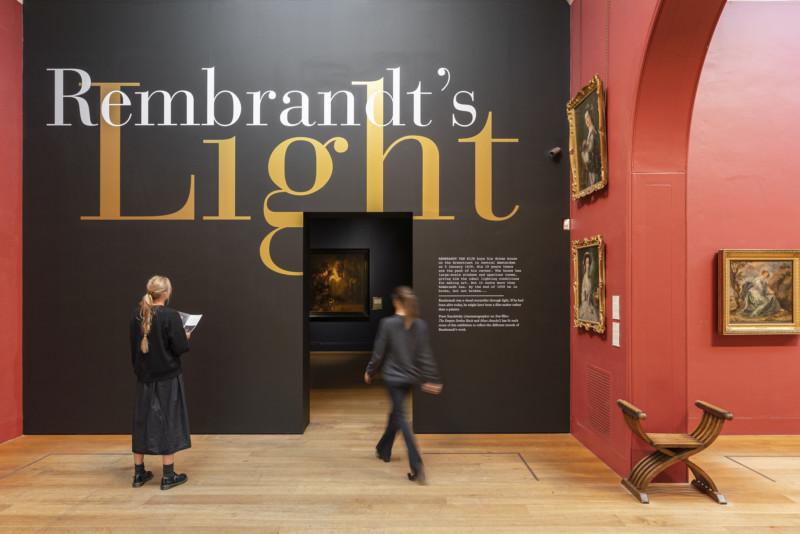
The Sailing Museum
How do you create an interactive experience to showcase the history of sailing? Storytelling, ambiance, and flow are all key ingredients. As is lighting.
Heather Ruhsam, Executive Director of The Sailing Museum was tasked with bringing the Museum to fruition. Holding an extensive knowledge of the sailing world, she knew the lighting would bring all the exhibits to life;
“We knew that with all of the different exhibits and how dense our museum plan was that lighting was going to be really important to how we displayed everything.”
As an historical site, they needed industry experts on all fronts to ensure the integrity of the building. At 127 years old and built in the late 1800s for the local militia, it was previously used as the press headquarters for America’s Cup. Later, it was an antique market.
The rich history of the building adds to the charm and experience of the Museum but presents a challenge when modernizing in a minimally invasive way. Kirby Perkins Construction, which specializes in historic renovations, was selected to ensure that the integrity of the building is respected.
Healy Kohler, an industry leader in museum design at RLMG (Richard Lewis Media Group), was tasked with creating an engaging interactive experience along with Hadley Exhibits for exhibit fabrication and installation. The Museum tapped Q-Tran, a leading lighting manufacturer/innovator to deliver avant-garde luminaires for such a unique installation.
Q-Tran was not able to drill holes in the ceiling or weld traditional track lighting to the trusses. This would add too much weight. They also had to grapple with uplighting the ceiling to capture the beauty of the original architecture while lighting sailboats hanging from the ceiling, and illuminating the exhibits at ground level simultaneously.
Additionally, the Museum is staffed by a small team who handle all daily operations, including lighting. The design plan needed to be quick and easy to manage and offer the ability to individually control every light within the museum. For this, Casambi was specified.
“The technology itself provided such a perfect solution. A revolutionary way of thinking, and control interface for the owner. Tremendous in their coordination.” said Hunter Tremaine, Q-Tran
Designing the space with luminaire-level control was essential to the experience and functionality of the project.
“We could customize the lighting and ambiance and how the exhibits were displayed for our visitors at the touch of a button. The ease of use and ability to customize the lighting made that relationship a no-brainer.” adds Heather Ruhsam
Healy Kohler, Q-Tran, Casambi and Hadley worked together to find the right flow and lighting design. As Q-Tran couldn’t weld track lighting, they built a custom track that clamped onto the trusses. Their innovative solution: a “U” track with four independent low-voltage circuits, and a lightweight “I” beam made of strands of carbon fiber, (an apt nod to the sailing world’s abundant use of carbon fiber in sailboats), to reinforce tracks that spanned lengths up to 16 feet. At this size, custom fixtures would have bowed on their own weight, before installing fixtures or cables. The carbon fiber strengthened it and mitigated the deflections, with or without fixtures or cables.
The U track also provided up/down/across lighting functionality—delivering the ability to showcase the ceiling, designed to mimic a wooden boat. To bring out the warmth of the wood, (and avoid too much yellow), 3000k was used to light the ceiling and 2700k for all other fixtures.
While not standard practice to mix color temperatures within the same space, it was necessary to showcase the ceiling so that it complimented the exhibit without overpowering it—another reason Casambi’s technology was instrumental. Casambi offered the ability to change the hierarchy of the most important lighting “on the fly”, without needing lighting control programmers.
With Casambi’s wireless control solutions, weight wasn’t an issue. Casambi’s technology is minimally invasive, small enough to be embedded into every light fixture. Additionally, Q-Tran designed, engineered and manufactured a new luminaire called LUCY, (officially launching in 2023). It is one-third smaller than other products yet packs the same punch in lumen output.
In the end, the Museum had over 500 customizable light sources throughout the exhibition which were artfully commissioned thanks to lighting designer Abernathy. The Museum staff can manage the on/off state, color/dimming functionality, zones and customize schedules for day-to-day operations, events and holidays – through the touch of a button or two.
“I think one of the benefits of Casambi’s app is that it allows different scenes. Some of them are scheduled, so if we have an event coming up, it is as simple as just using the “event” button. But if just a regular business day, the app is set to transition from daylight hours to nighttime to a cleaning schedule. All of those are timed so that nobody has to do anything. It just happens.” –Heather Ruhsam
This collaboration of sailing and lighting pioneers created a space that is captivating and transports the visitor through time.
Interested in learning more about Casambi? Drop us a note, and we’ll reach out to you:
Site
The Sailing Museum
Location
Newport, Rhode Island, US.
Historic Restoration
Kirby Perkins Construction
Museum and exhibition design
RLMG with Hadley Exhibits
Lighting Manufacturer
Q-Tran
Lighting designer
Abernathy
Casambi nodes
500+
Case video
watch here




Share your work with us
If you have a Casambi project that you would like to publish at Casambi.com please click the button below and tell us a little bit more about the project. We’ll get back to you within two business days.


